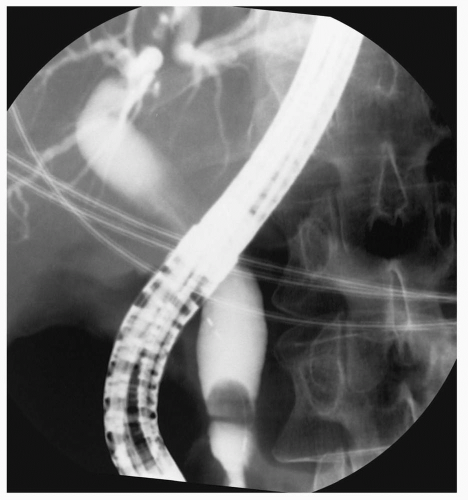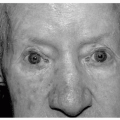Slow transit constipation (564.01)
Defecatory disorders (536.9)
Normal transit constipation (564.00) |
Infectious (009.2)
Inflammatory bowel disease (569.9)
Radiation enteritis (558.1)
Short-gut syndrome (579.3)
Carcinoid syndrome (259.2)
Celiac disease (579.0) |
Achalasia (530.0)
Hypermotility or spastic motility disorders (536.8/564.9)
Diabetes mellitus (250.00)
Systemic sclerosis (710.0) |
Mechanical obstruction
Colon cancer (239.0)
Rectocele (male 564.49) (female 618.04)
Sigmoidocele
Stricture (569.2)
Extrinsic compression |
Neurologic conditions
Multiple sclerosis (340)
Strokes (434.91)
Diabetes (250.00)
Central nervous system disorders (e.g., dementia, strokes, tumors, myelomeningoceles, spinal cord lesions) |
Mechanical causes (luminal)
Peptic stricture (537.9)
Malignancy (i.e., adenocarcinoma)
Radiation-induced injury
Medication-induced esophagitis/stricture |
Metabolic and endocrine
Diabetes mellitus (250.00)
Hypothyroidism (244.9)
Hyperthyroidism (242.90)
Hypokalemia (276.8)
Pregnancy (V22.2)
Pheochromocytoma (194.0)
Panhypopituitarism (253.2)
Porphyria (277.1)
Heavy metal poisoning (e.g., lead, mercury, arsenic intoxication) |
Overflow incontinence
Fecal impaction (560.39)
Neoplasm (239.9) |
GERD (530.81) |
Medications
Calcium channel blockers (e.g., verapamil)
μ-Opioid agonists (loperamide, morphine, fentanyl)
Anticholinergics (e.g., antispasmodics, antipsychotics, tricyclic antidepressants, antiparkinsonian drugs)
Anticonvulsants (e.g., phenobarbital, carbamazepine, phenytoin)
Antacids (e.g., aluminum- or calcium-containing antacids)
5-HT3 antagonists (e.g., alosetron)
Iron supplements
Nonsteroidal anti-inflammatory agents (e.g., ibuprofen)
Diuretics (e.g., furosemide)
Chemotherapeutics (e.g., vinca derivatives) |
Pelvic floor denervation
Obstetrical injury of the pudendal nerve (959.14)
Chronic straining leading to descending-perineum syndrome
Rectal prolapse (569.1) |
Extrinsic compression
Enlarged aorta (dysphagia aortica) (447.8)
Enlarged left atrium (429.3)
Aberrant subclavian artery (747.60)
Mediastinal mass (786.6) |
Neuropathies and myopathies
Systemic sclerosis (710.0)
Amyloidosis (277.3)
Dermatomyositis (710.3)
Multiple sclerosis (340)
Parkinson disease (332.0)
Spinal cord injury (952.9)
Autonomic neuropathy (337.9)
Chagas disease (086.2)
Intestinal pseudo-obstruction (564.89)
Cerebrovascular accidents (434.91)
Shy-Drager syndrome (333.0) |
Anal sphincter injury (959.19)
Obstetrical injury (665.9)
Anorectal surgery (959.19)
Accidental injury (959.9) |
|






